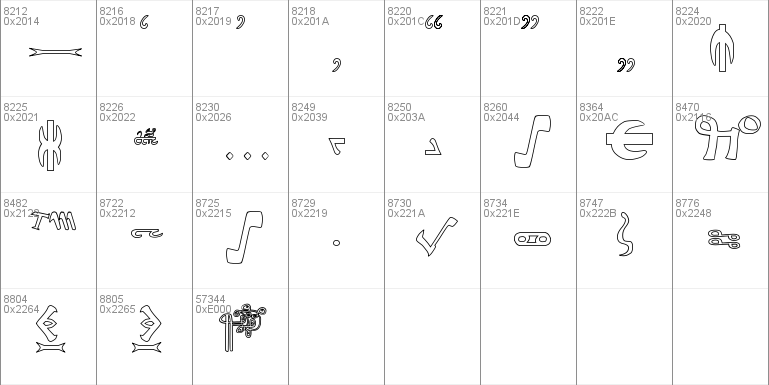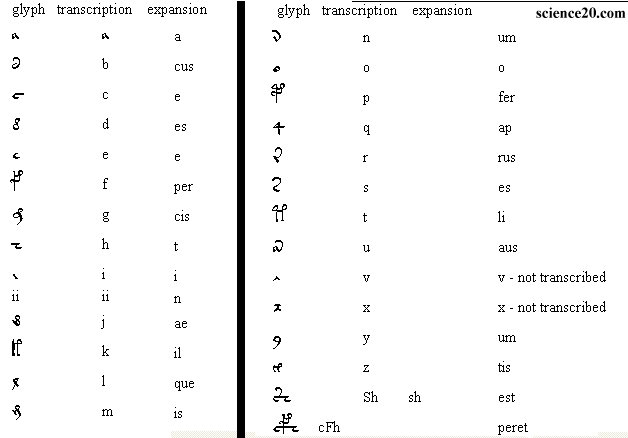

It’s frequently preceded by “o” rather than “a”, it’s not usually found at the ends of words or the ends of lines, and might be a counterpart to the gallows glyph with two loops. Note that the gallows glyph also has certain positional peculiarities that differ from “aj”. It’s also possible that it’s a capitulum, modifier, or marker, and the similarity to the looped shape in “aj” is coincidental. This shape has different interpretations in different languages-it can be “Il” in French, “lis” in Latin, “Item” in German, and sometimes even a very abbreviated “peri” in Greek. Even if it is, what the glyph means is anyone’s guess. If we assume that the looped part of the aj glyph is the right-hand side of a ligature, and could potentially be combined with other glyphs, then we have to look for other instances of its use.Īs I illustrated back in January (and mentioned in even earlier blogs), the gallows character on the right may be composed of two parts, as well.

In both, the -cis glyph precedes the -ris glyph and it appears that the distinction is deliberate, as was the custom in medieval Latin. The second and third examples are less ambiguous, however. In the first example, there are two -ris shapes and one that may be either -cis with a short stem or a different character entirely. It doesn’t happen often, but it can follow other shapes: It’s also noteworthy that almost any letter can occur before -ris/-tis/-cis in Latin, whereas in the Voynich Manuscript it is usually preceded by the EVA-a glyph, as in the following examples:īut EVA-j is not limited to following the a-glyph. The shape is the same the positional patterns are different. Whether this has anything to do with the meaning of the glyph or whether it is a case of misdirection (mimicry of Latin shapes without intending the same meaning) is not known but it’s noteworthy that -ris can occur at the end of a word almost anywhere in a Latin sentence, whereas it tends to occur at or near the ends of lines in the Voynich manuscript. It’s also interesting to note that in Latin, -ris occurs more frequently than -cis, and this is also true in the VMS. The Voynich Manuscript borrows many conventions from Latin, so it’s reasonable to assume that the inspiration for the EVA-j glyph-shape was probably the Latin -ris. The letter “r”on the left is combined with the shape on the right, a common Latin abbreviation for “-is” to create the suffix “-ris”.ĭepending on the shape of the first stroke, this can stand for “-ris”, “-tis”, or “-cis” and, in some contexts it was also used for the suffix “-rum”, instead of the more common 4-shaped “-rum”.


 0 kommentar(er)
0 kommentar(er)
